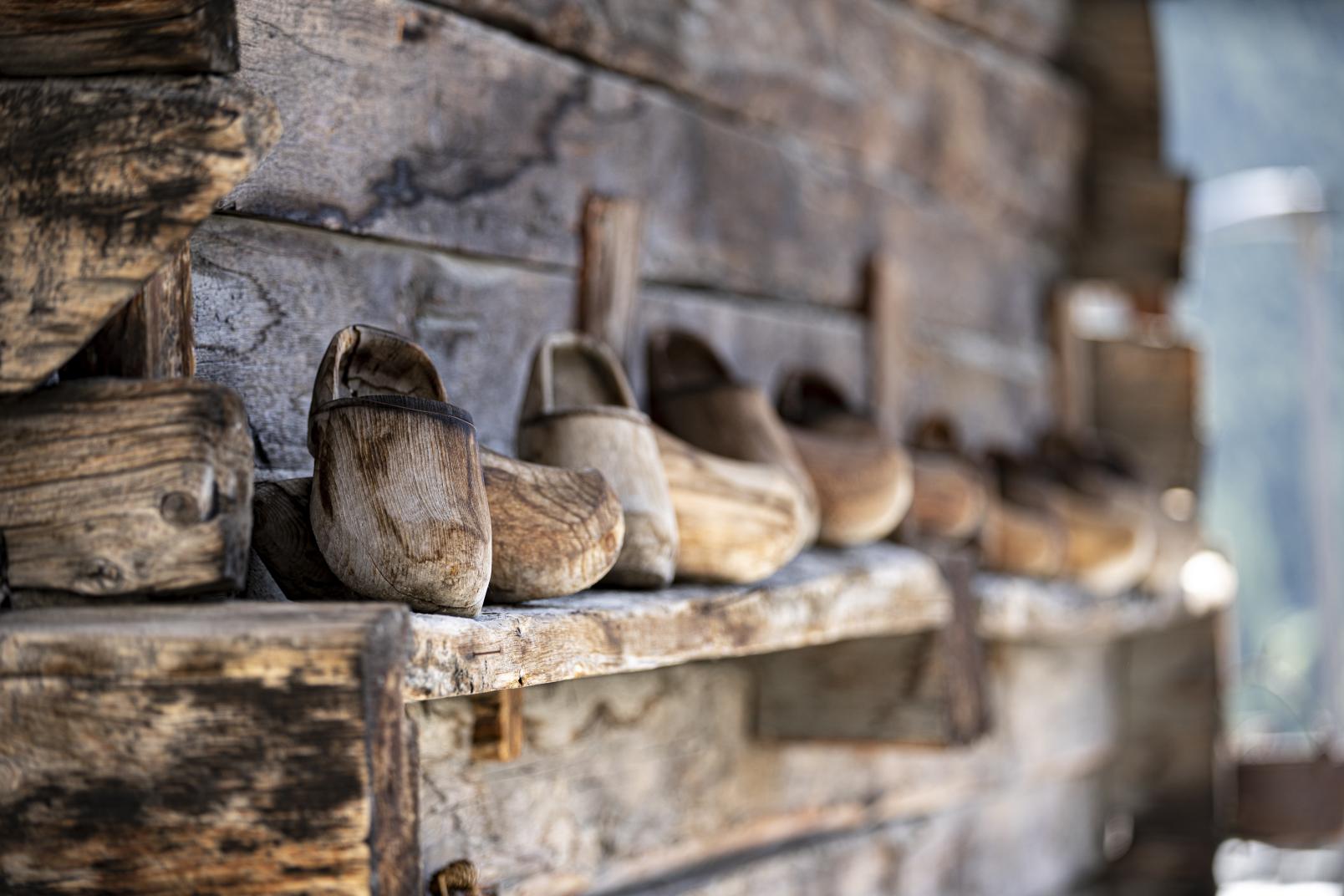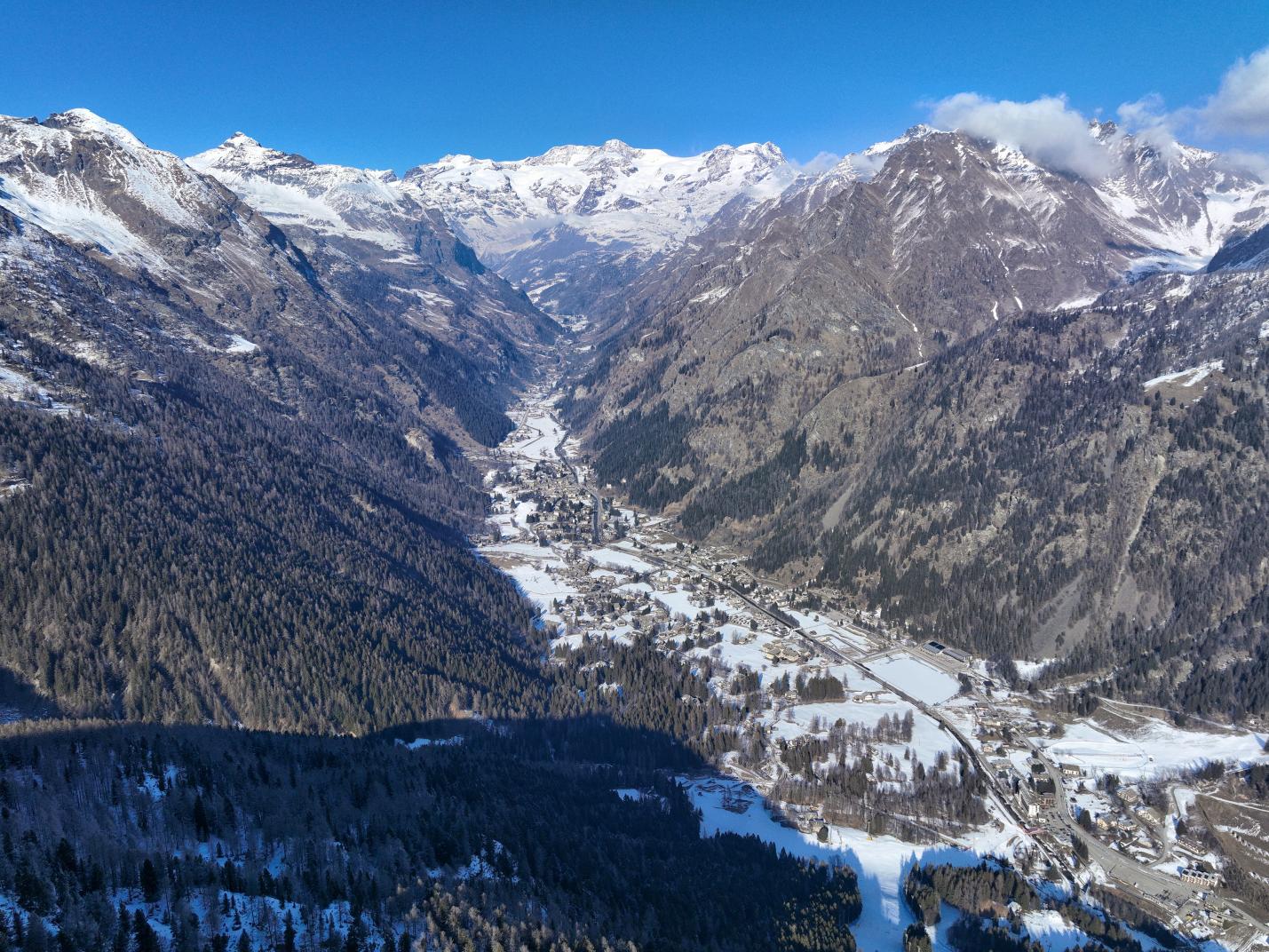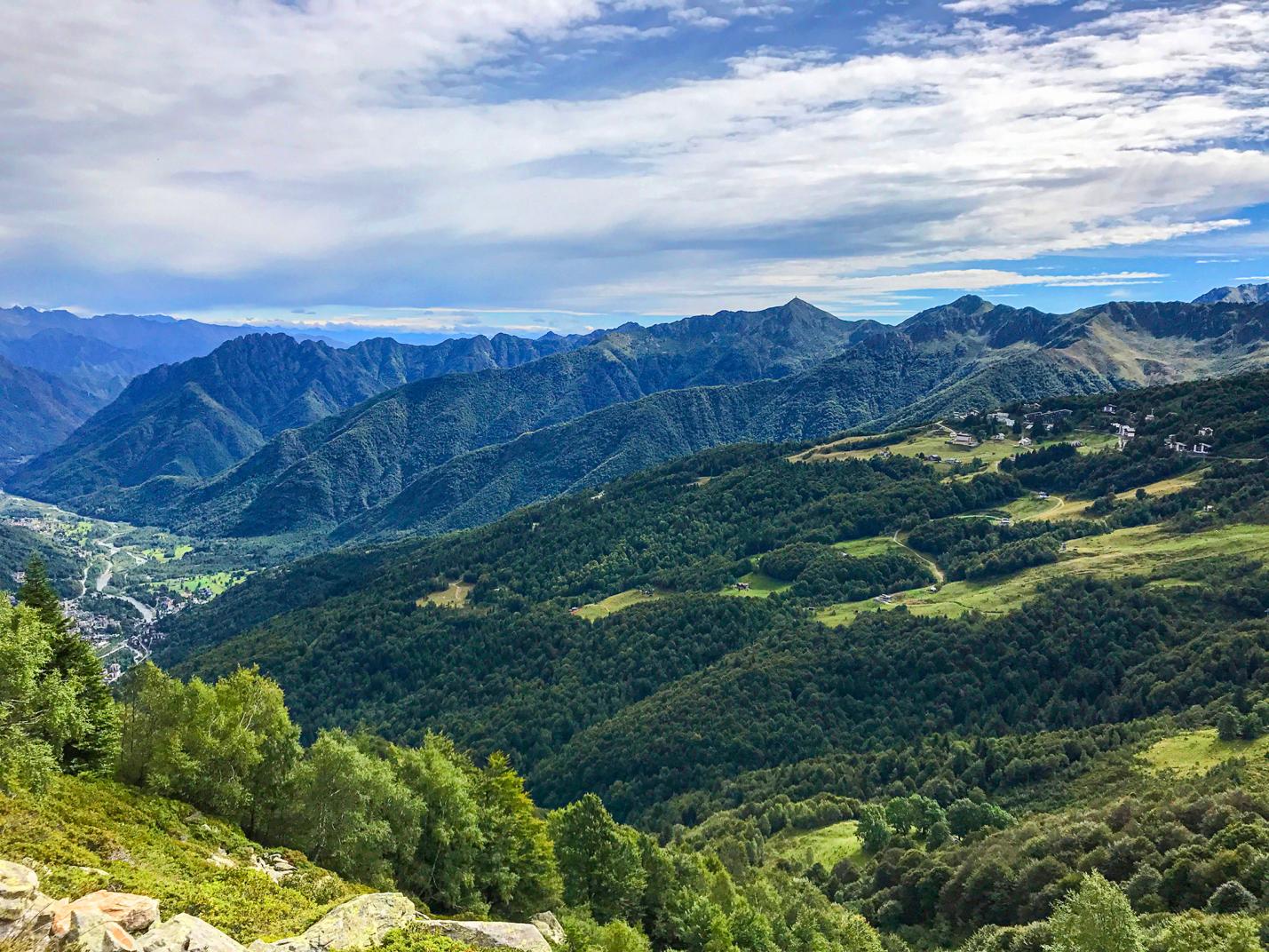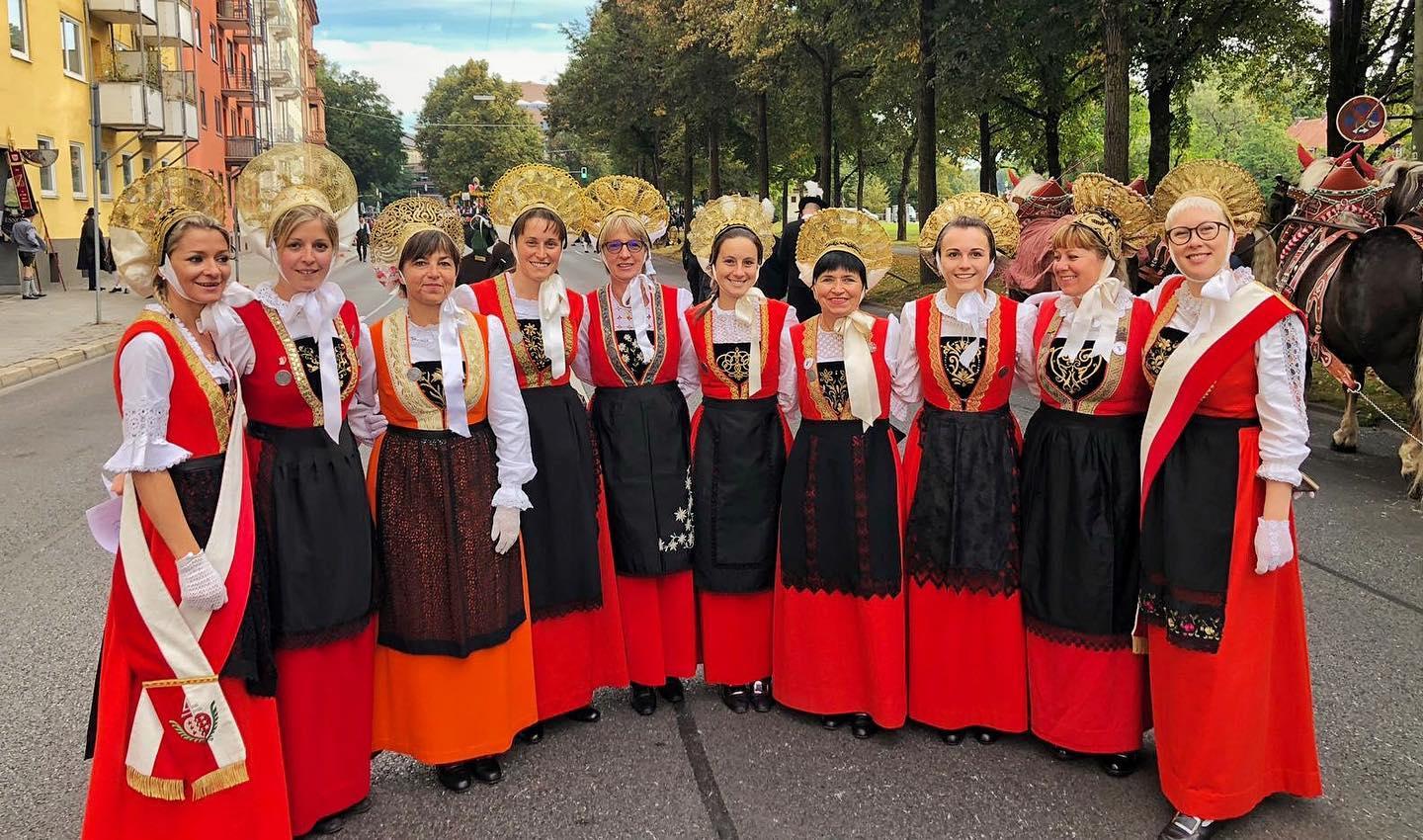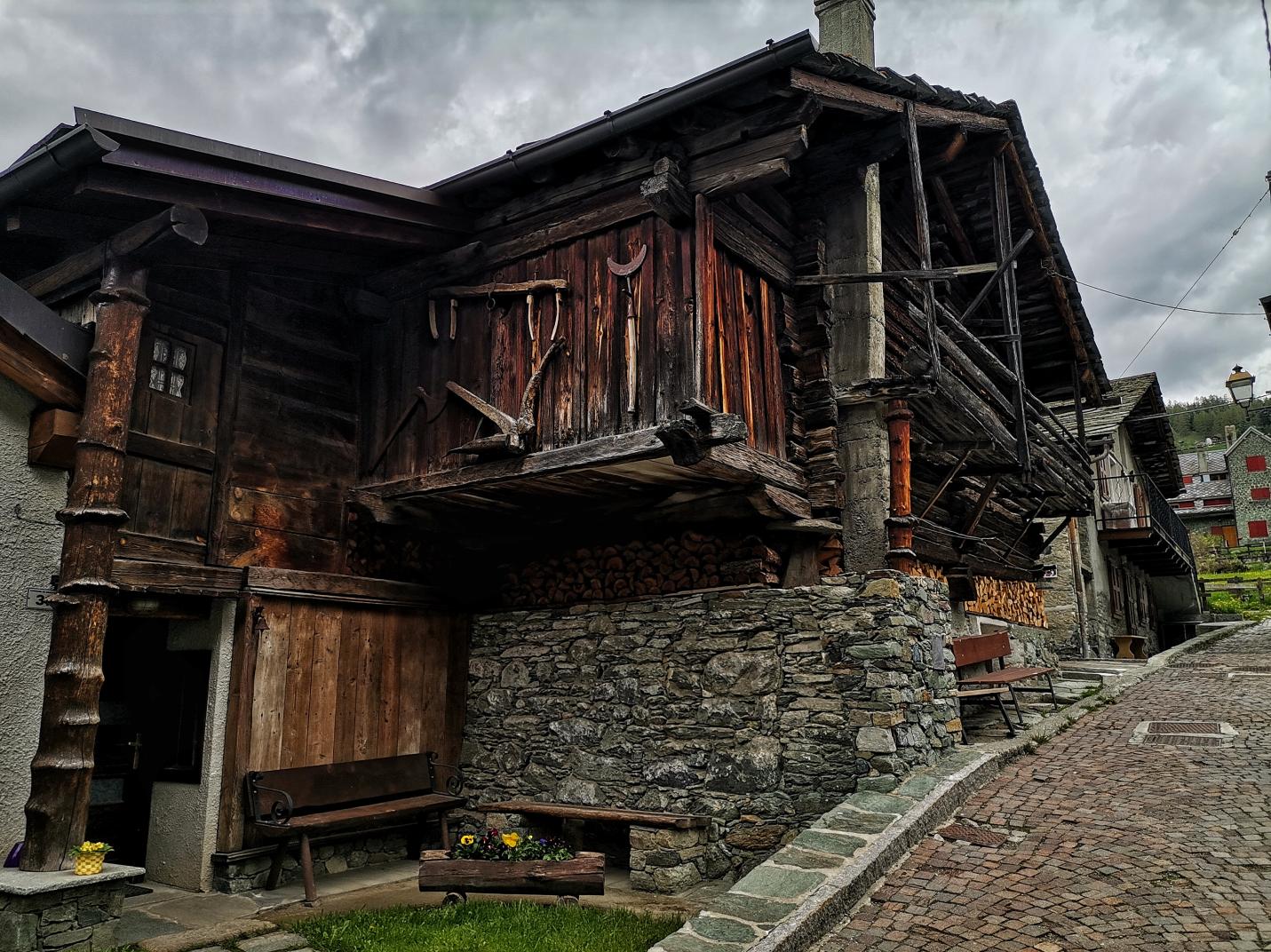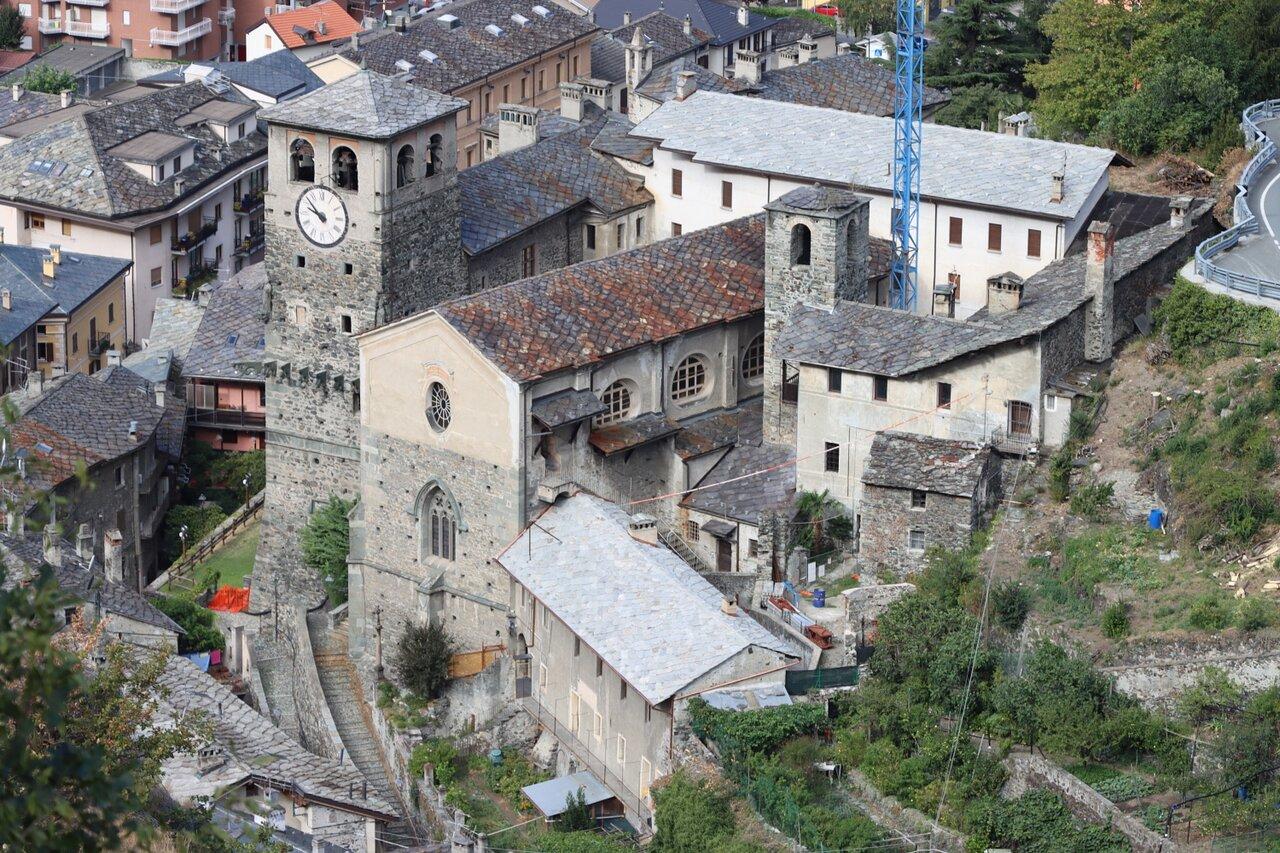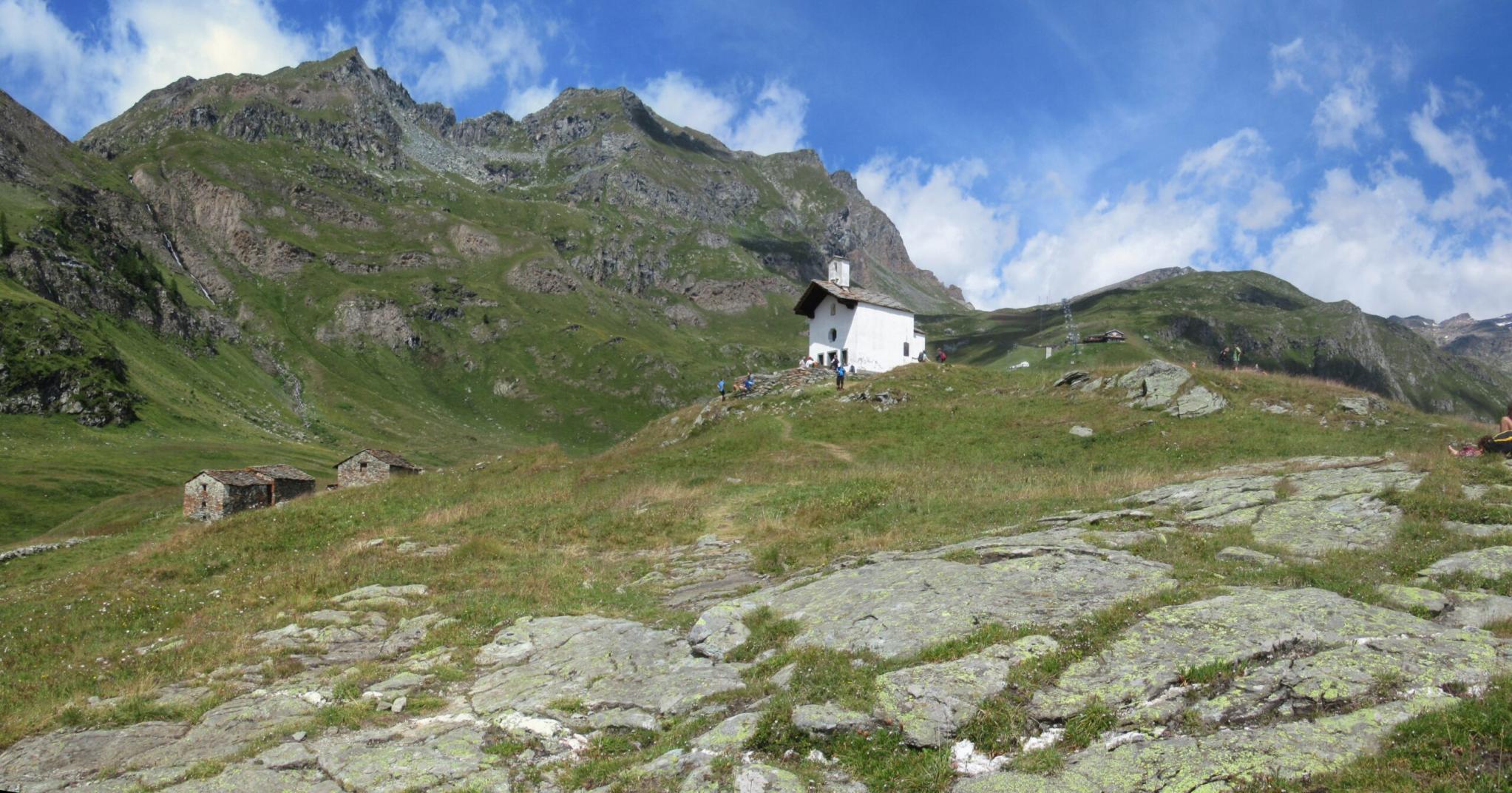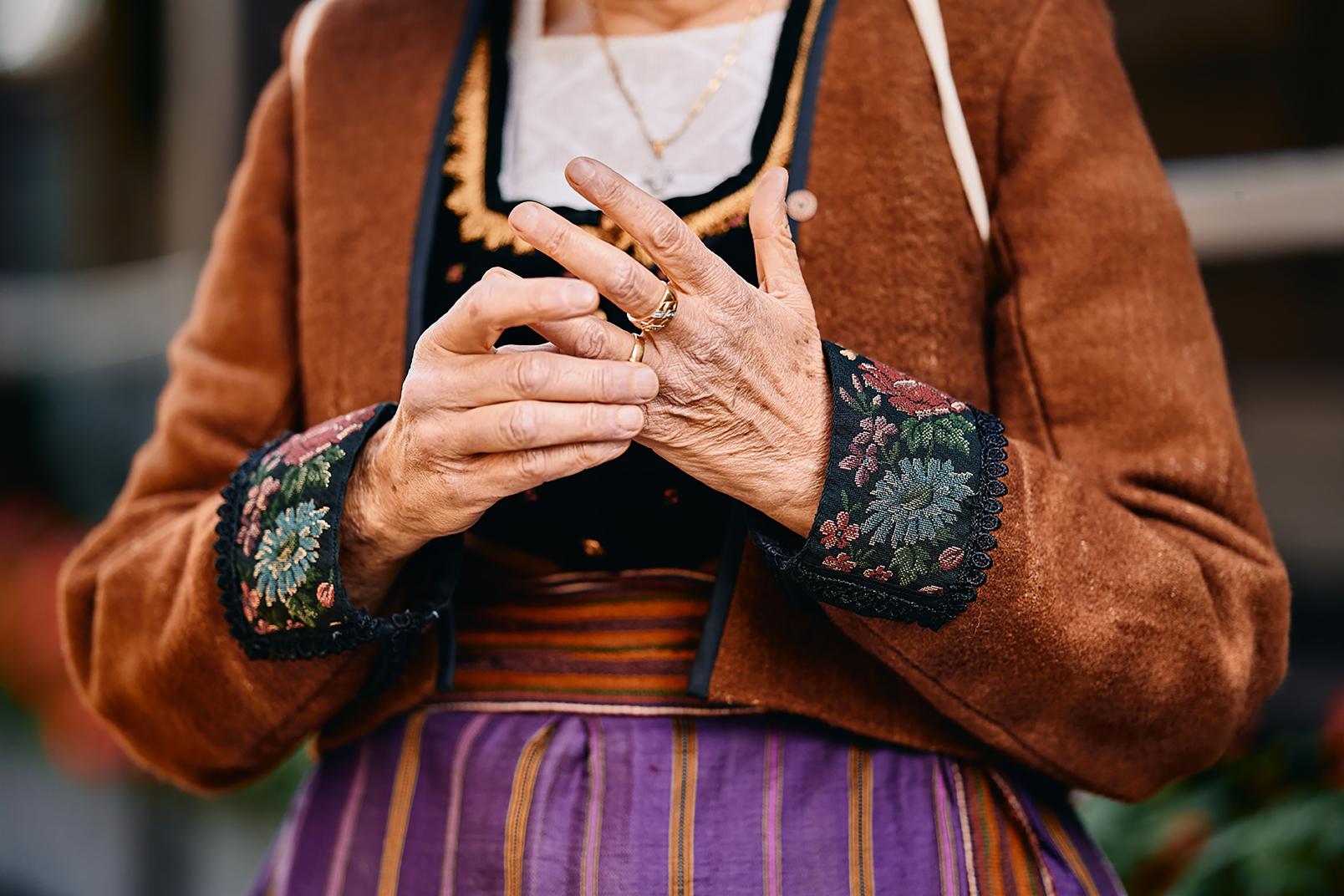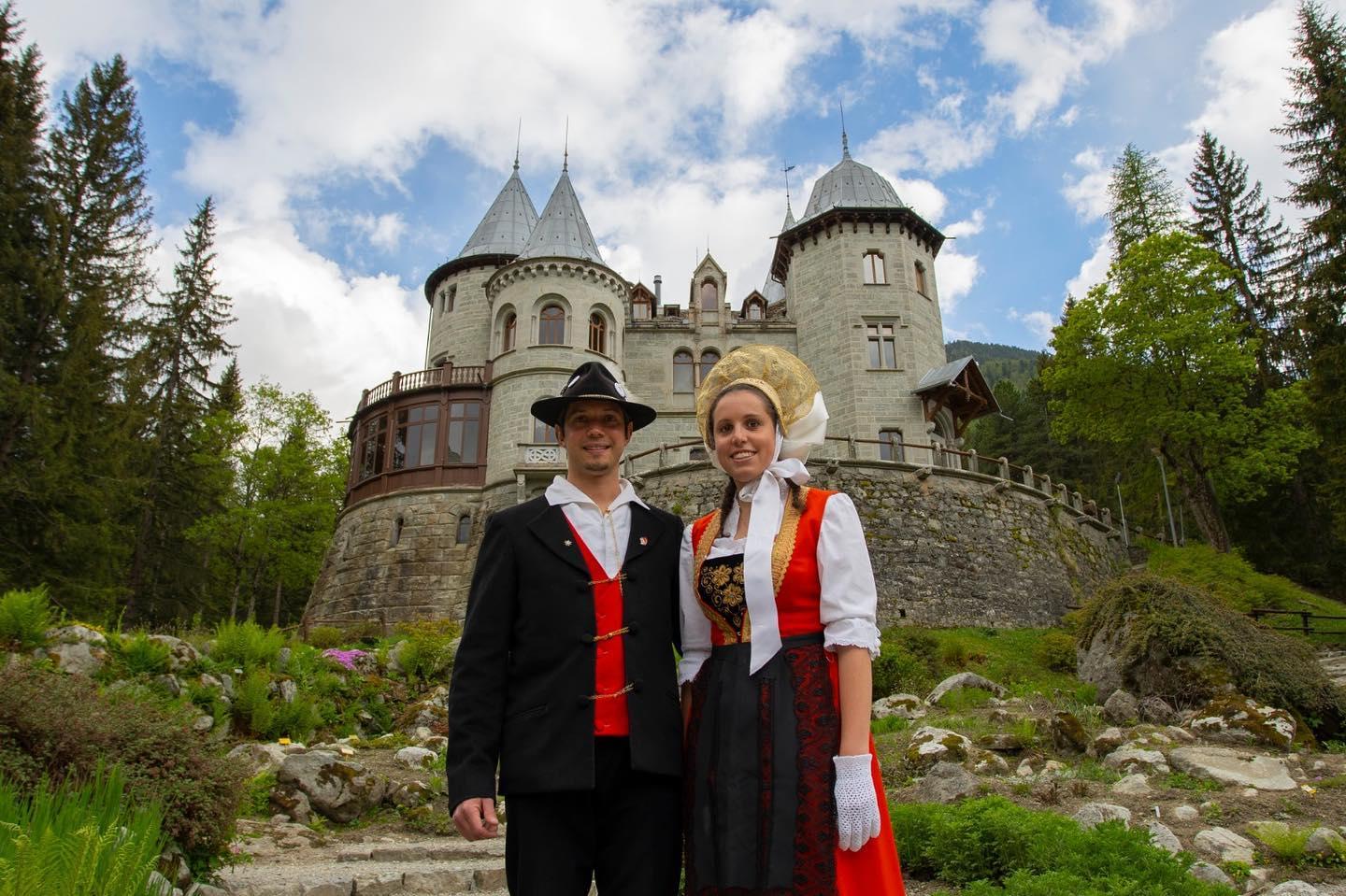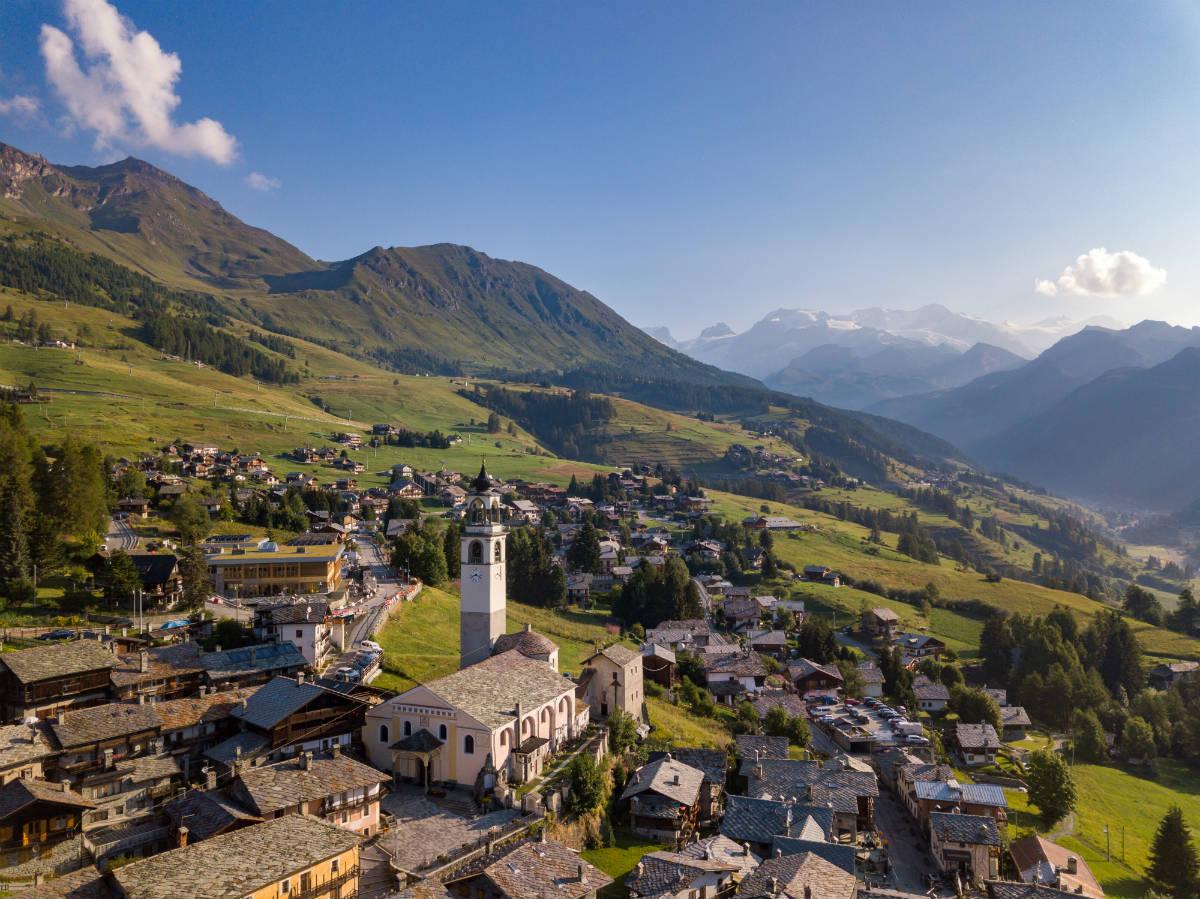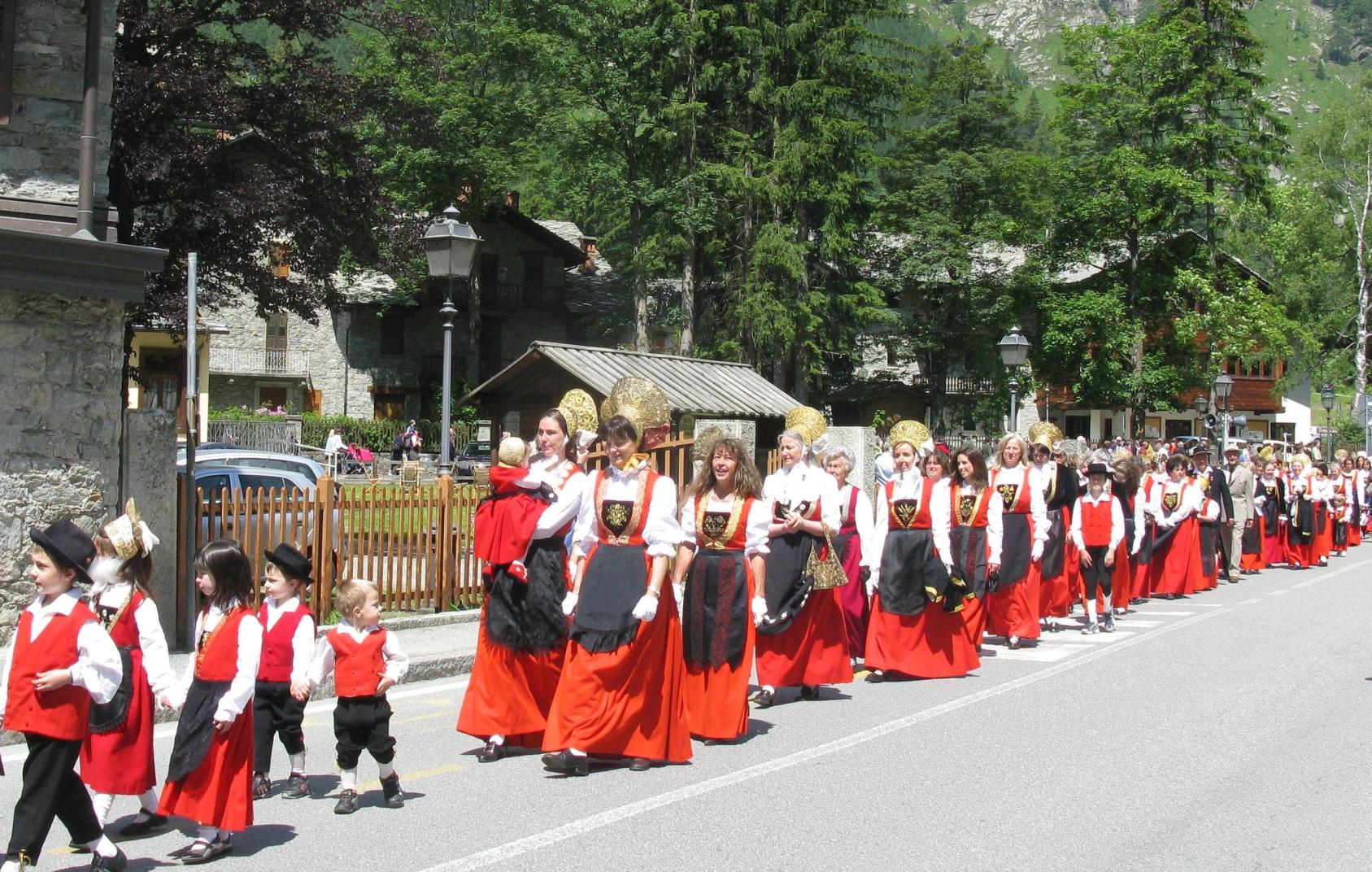The Walser Kulturzentrum, Centre for Walser Studies and Culture of the Aosta Valley, based in Gressoney-Saint-Jean, was established in 1982 and its purpose is to promote and safeguard the Walser language and culture in particular in the villages of Gressoney-Saint-Jean, Gressoney-La-Trinité and Issime.
Every year, the centre promotes extracurricular courses of Titsch, Töitschu and German and organises exhibitions, conferences and various activities related to local culture.
The Walser Kulturzentrum also actively participates in the activity of the Internationale Vereinigung für Walsertum (International Walser Association based in Brig in Switzerland www.wir-walser.ch) as well as in that of the United Committee of Historical Germanic Linguistic Islands in Italy (www.isolelinguistiche.it) and over the years has published several books on the language, history and architecture of the Walser in the Lys Valley.
It also take care of contacts between the Walser and aims to strengthen and intensify the relations of old friendship and parenthood between them and their countries of origin. To this purpose, it proposes to pass on Walser traditions to new generations, who should ensure that the dialogue with the past never fades away.
For more information visit the official website

